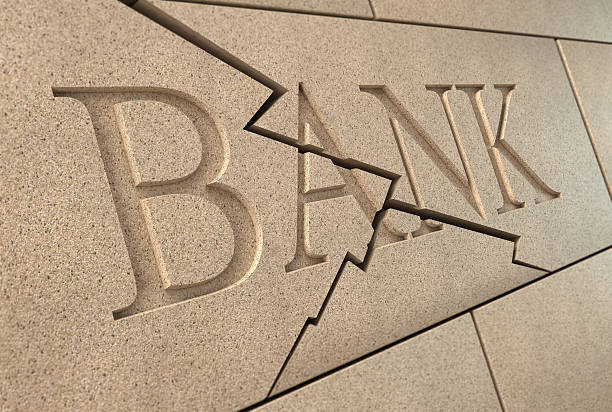The collapse of a bank can have far-reaching consequences that can affect the entire economy. A banking collapse occurs when a bank fails to meet its obligations to depositors and creditors, leading to its closure. In this blog post, we’ll explore what causes a banking collapse, the impact it can have on the economy, and what can be done to prevent it.
Causes of a Banking Collapse
There are several factors that can contribute to a banking collapse. These include:
Poor Management: Banks that are poorly managed can make risky investments, leading to losses that can cause the bank to fail.
Insufficient Capital: Banks need a sufficient amount of capital to operate and absorb losses. If a bank’s capital is insufficient, it can quickly run into financial trouble.
Economic Downturns: Economic downturns, such as a recession or financial crisis, can cause banks to suffer losses as borrowers default on loans and investments lose value.
Fraud and Misconduct: Fraudulent activities such as embezzlement, money laundering, and insider trading can lead to a banking collapse.
Impact of a Banking Collapse
The collapse of a bank can have severe consequences for the economy. Here are some of the impacts:
Loss of Deposits: Depositors may lose their savings if the bank is unable to pay them back. This can lead to a loss of confidence in the banking system, causing depositors to withdraw their money from other banks, leading to a domino effect of bank failures.
Economic Slowdown: A banking collapse can lead to an economic slowdown as businesses may not be able to access credit, leading to a decrease in investment and spending.
Job Losses: Banks employ thousands of people, and a collapse can lead to significant job losses across the industry.
Government Bailouts: In some cases, the government may be forced to bail out banks to prevent a complete collapse of the banking system. This can lead to a significant burden on taxpayers and can have long-term consequences for the economy.
Preventing a Banking Collapse
Preventing a banking collapse requires a combination of regulatory oversight and good management practices. Here are some measures that can be taken to prevent a banking collapse:
Capital Requirements: Banks should be required to maintain sufficient capital levels to absorb losses and protect depositors.
Risk Management: Banks should have sound risk management practices in place to identify and manage risks associated with their investments.
Regulatory Oversight: Regulators should monitor banks and enforce rules and regulations to prevent fraudulent activities and ensure that banks are operating in a safe and sound manner.
Transparency: Banks should be transparent in their operations and disclose their investments and activities to stakeholders.
Conclusion
A banking collapse can have severe consequences for the economy, leading to a loss of confidence in the banking system, economic slowdown, job losses, and government bailouts. Preventing a banking collapse requires a combination of regulatory oversight and good management practices, including maintaining sufficient capital levels, sound risk management practices, and transparency in operations. While a banking collapse can be difficult to prevent completely, taking these measures can minimize the risk and limit the impact on the economy.
